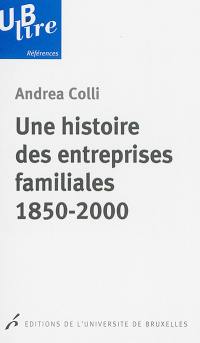
Fiche technique
Format : Broché
Nb de pages : XVII-467 pages
Poids : 400 g
Dimensions : 18cm X 26cm
ISBN : 978-2-503-52925-7
EAN : 9782503529257
Usuriers publics et banquiers du prince
le rôle économique des financiers piémontais dans les villes du duché de Brabant (XIIIe-XIVe siècle)
Quatrième de couverture
Entre le dernier quart du XIIIe siècle et le premier tiers du XIVe siècle, les banquiers piémontais installés dans le duché de Brabant constituèrent la communauté la plus importante des Lombards actifs dans les anciens Pays-Bas. Banquiers du Prince, ils prêtaient également aux élites urbaines et à la noblesse. Cette étude s'attache à reconstituer les stratégies commerciales et les réseaux sociaux des financiers piémontais grâce auxquels ceux-ci jouèrent un rôle de premier plan dans l'économie et la politique du duché de Brabant. En s'interrogeant sur les modalités d'intégration des Piémontais dans les villes brabançonnes, l'étude a finalement pour ambition de dépasser l'image caricaturale du Lombard, souvent identifié à un usurier public.
Studies in European Urban History (1100-1800)
This study is part of a series growing out of a larger project entitled « City and Society in the Low Countries (ca. 1200-ca. 1850). The condition urbaine : between resilience and vulnerability » organized under the auspices of the « Interuniversity Attraction Poles Programme - Belgian State - Federal Public Planning Service, Science Policy (Belspo) » / « Programme Pôles d'attraction interuniversitaires - Etat Belge - Service Public Féderal de Programmation Politique Scientifique (Belspo) ». The participants in the program are the Universities of Ghent, Brussels (ULB et VUB), Namur, Leuven, Antwerp, Utrecht and Leiden, and the Maps and Plans Department of the Royal Library (Albertina) in Brussels, and the Royal Museums of Fine Arts of Belgium in Brussels. This phase of the project (IAP Phase VII) focuses on three issues : environmental challenges of the city (resilience and precariousness), urban memories and urban community building (inclusion and exclusion). By foregrounding the place of the city in the Late Medieval and Early Modern history of the Low Countries, the essays both expose and help to explain the exceptional character and the disproportionate importance of the region within the European context during these centuries.
The series invites authors to submit their manuscript to the series editor. After principal acceptance by the board, anonymous peer review will intervene to decide on publication.






